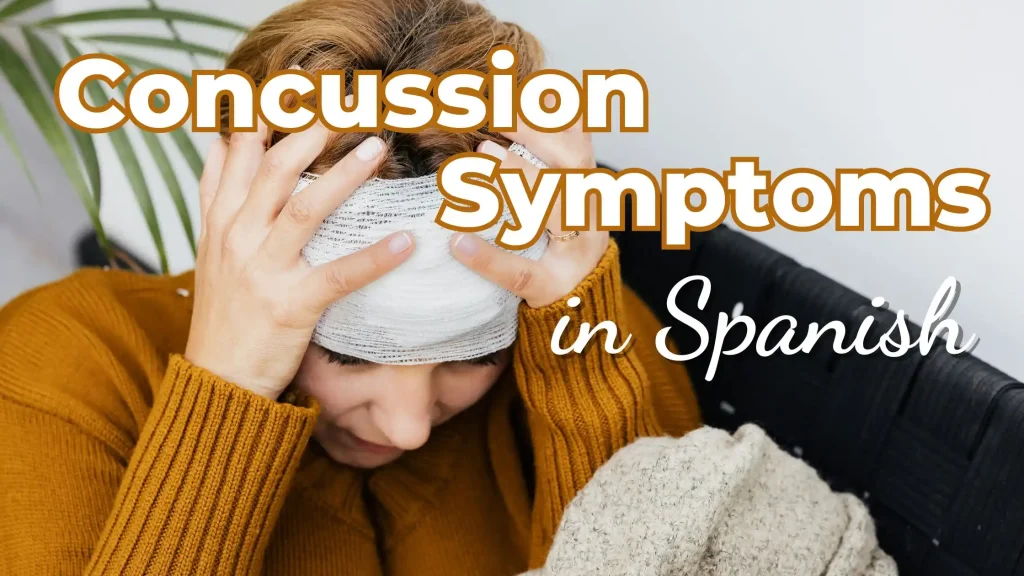Reflexive verbs are an integral and important piece of Spanish grammar that many English speakers struggle with.
We tend to understand clearly when the natural English equivalent includes some sort of “self” (for example: seat yourself, talk to your self, harm yourself, etc), but the challenge is that in Spanish, many everyday actions require the equivalent of “self” even though you would rarely say it in English. In fact, if you were to say “self” it would sound strange (even if you’re from the deep south :).
Here is a quick video I recorded during one of our “video viernes” lessons on when and how to use Spanish reflexive verbs:
Subscribe to our YouTube Channel to see all of our lessons and get the latest videos right away!
Let’s break down when you use Spanish reflexive verbs:
I try to never say that anything is easy when you’re learning Spanish because that usually just upsets the folks who struggle with a particular topic. I will say, however, that once you spend some time with the language, you begin to see how reflexive verbs are different from verbs that aren’t reflexive. Here is when you need to use a reflexive verb:
If the subject of the verb is also receiving the action of the verb, it is reflexive, and therefore you must use the reflexive construction. In technical terms, if the subject is the object of the verb, it’s reflexive. For example:
| Reflexive: | Not reflexive: |
| -John wakes up at 6am every day. | -John wakes his children at 7am every day. |
| -Linda takes a bath twice a week. | -Linda bathes her dog one time a month. |
In the examples above, you can see how reflexive verbs always have an action that is implicitly being done to the subject. When the verb is not reflexive, there is a separate object that receives the action.
And now we need to discuss how to use reflexive verbs in Spanish:
To make a verb reflexive in Spanish, you have to use the reflexive pronoun. Here is a common verb (llamarse) which means “to call yourself”. The reflexive pronouns are:
| Subject | Reflexive Pronoun | Verb (llamarse) |
| Yo | Me | Llamo |
| Tú | Te | Llamas |
| Él / Ella / Usted | Se | Llama |
| Nosotros (as) | Nos | Llamamos |
| Ellos / Ellas / Ustedes | Se | Llaman |
So when you want to say “her name is Maria” you combine the subject, reflexive pronoun and the verb form: Ella se llama María.
Most verbs could be reflexive or not reflexive, but some are more common than others:
In theory you could make any Spanish verb reflexive, but they don’t all make good sense. For example:
- el verbo levantar: you can lift an object (levantar _____) or lift yourself (levantarse = get up).
- el verbo hablar: you can speak a language (hablar español) or speak to yourself (hablarse).
Verbs that don’t usually make sense in a reflexive construction might be “soñar” for example (to dream). It’s tough to imagine a situation in which you would dream yourself.
Here is a great list of common reflexive verbs and their non-reflexive equivalents in Spanish:
| Not Reflexive | Reflexive |
| acercar: to bring near | acercarse: to approach |
| acordar (o-ue): to agree (to) | acordarse (o-ue): to remember |
| acostar (o-ue): to put to bed | acostarse (o-ue): to go to bed |
| bañar: to bathe (someone) | bañarse: to bathe (oneself) |
| burlar: to trick, deceive | burlarse (de): to make fun of |
| decidir: to decide | decidirse (a): to make up one’s mind |
| despedir (e-i): to discharge, fire | despedirse (de): (e-i, e-i) to say goodbye |
| despertar (e-ie): to awaken (someone) | despertarse (e-ie): to wake up |
| divertir (e-ie, e-i) to amuse | divertirse (e-ie, e-i): to have a good time |
| dormir (o-ue, o-u) to sleep | dormirse (o-ue, o-u): to fall asleep |
| enojar: to anger (someone) | enojarse: to get angry |
| fijar: to fix, fasten | fijarse: to notice |
| hacer: to do, make | hacerse: to become (with effort) |
| levantar: to raise, lift | levantarse: to get up |
| llamar: to call | llamarse: to be called, to be named |
| negar (e-ie): to deny | negarse (e-ie): to refuse |
| parecer: to seem, appear | parecerse: to resemble |
| poner: to put, place | ponerse: to put on (clothing) |
| ponerse a: to begin to do something | ponerse + emotion: to become (emotion) |
| preocupar: to preoccupy | preocuparse (de, por, con): to worry (about) |
| quitar: to take away, remove | quitarse: to take off (clothing) |
| sentar (e-ie): to seat (someone) | sentarse (e-ie): to sit down |
| subir: to go up, raise | subirse: to get on (scale, table, bus) |
| vestir (e-i, e-i): to dress (someone) | vestirse (e-i, e-i): to get dressed |
| volver: to return | volverse (o-ue): to turn around volverse + emotion: to suddenly change |
And here are a small handful of Spanish reflexive verbs that don’t usually have a non-reflexive equivalent:
- atreverse (a): to dare
- arrepentirse (de): to repent, regret
- jactarse (de): to boast
- quejarse (de): to complain
- darse cuenta (de): to realizes
- comerse: to eat it all up
- morirse (o-ue, o-u): to die
- pagarse: to pay up
In a lot of ways, with the verbs you see listed above, the reflexive version carries a different meaning. I’ve always thought it was a good idea to separate the reflexive and non reflexive versions in you mind and treat them as separate verbs so that the difference in meaning (subtle or large) remains clear to you.






Pingback: High Frequency Verb Conjugations in Spanish for Healthcare Workers in the USA